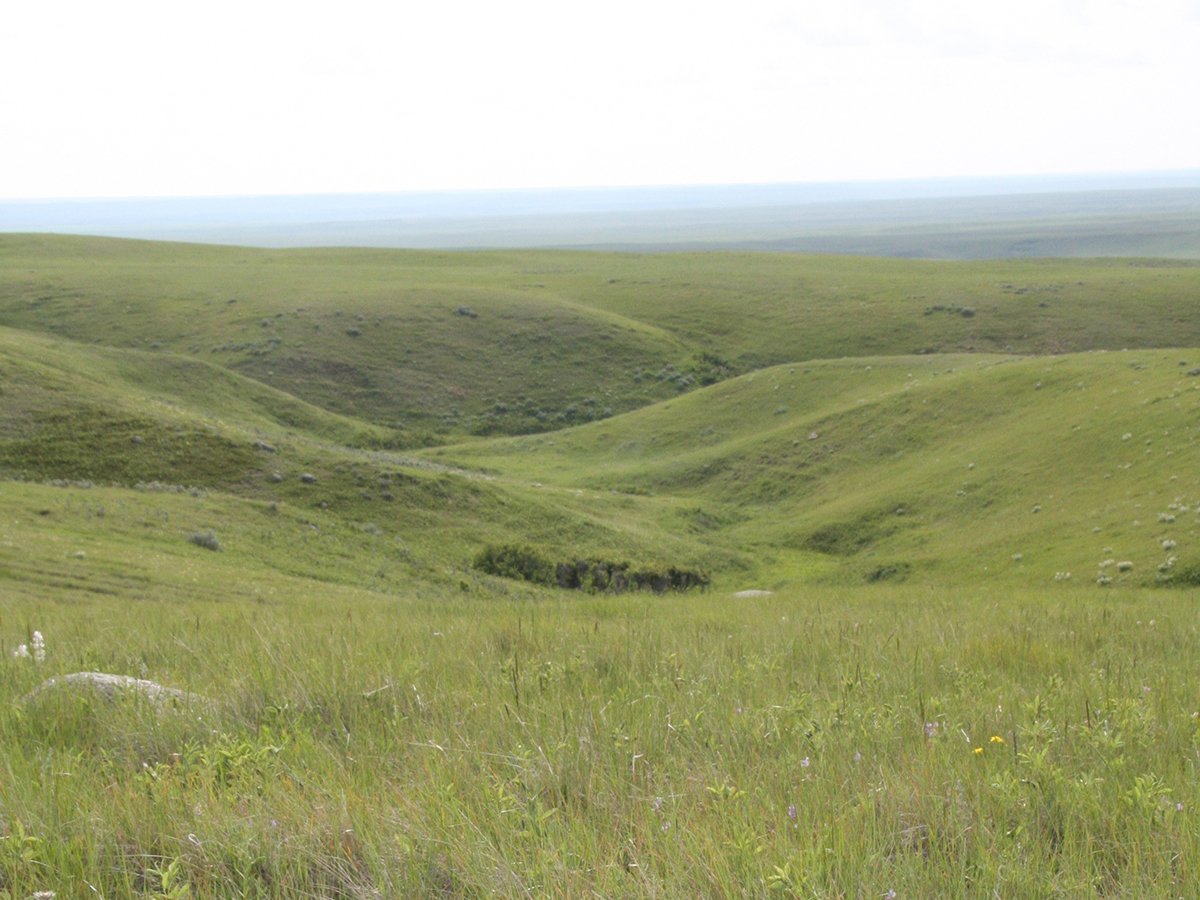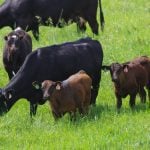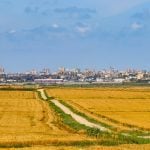Alberta producers with crown leases say it is important for them to provide input as policy is developed that affects them
The Alberta Grazing Leaseholders Association celebrated its 25th anniversary in the same city where it held its inaugural annual general meeting — Medicine Hat.
While many of the issues aren’t new to ranchers, this year’s AGM heard of new ways the AGLA is addressing chronic problems.
AGLA chair Kyle Forbes highlighted the development of the rangeland grazing framework, which came out of a grazing summit held in December 2021 with Alberta government officials.
That framework would “come into play when the departments start looking into overarching policies that would affect grazing leases,” said Forbes.
Read Also

Alberta irrigation project on grasslands approved
Environmental concerns raised by Alberta conservation groups over irrigation expansion project within rural municipality
“Whether that’s the new grazing-timber integration review that is coming out and overlapping dispositions when it comes to oil and gas, recreation and just making sure that the interests of the grazing leaseholder are taken into account.”
Forbes stressed the importance for ranchers with crown leases to have a seat at the policy table when decisions are being made that could have a negative effect on operations. That includes reviews or development of provincial regional planning.
“This will play into that in making sure the rights of the leaseholders are protected and that grazing remains an integral part of the use of a lot of these lands,” he said.
Other organizations that provided input into the rangeland grazing framework included the Western Stock Growers Association, Alberta Beef Producers and the Northern Alberta Leaseholders Association.
Forbes expected a formal launch of the framework soon.
Meanwhile, the challenges faced by ranchers and recreational users of crown land regarding rights and responsibilities remain less than clear.
“In the last few years, our big push has been to correct a lot of the misinformation that has been out there,” said Forbes.
He said the lack of updated information has led to perennial issues.
“There is this misconception that all cattle have to be off grazing leases by Oct. 31, which is not true. That’s been done away with for many years now,” said Forbes. “Right now, we’re pushing for an educational presence by government departments to get that out there.”
Most hunters are great to deal with, he added, but a small percentage of repeat offenders aren’t deterred by the penalties. As well, a small number of leaseholders can also be difficult to deal with, he said.
“We’ve had some meetings with Alberta Fish and Game and we were surprised on how much common ground there actually was between our groups when it came to access,” said Forbes.
One of the prominent issues is the need to develop regional booking systems for access to crown lands.
Many individual leaseholders have their own systems for managing access while there are online resources such as iHunter and the Canadian Land Access Systems (CLAS).
“If I’m using one system and my neighbour is using another, that gets confusing for the hunting community so making sure we can direct them all to one system that everybody utilizes I think will help relieve some of that friction,” said Forbes.
AGLA will also investigate better ways to collect leaseholder information that is used to set provincial leasing rates, which will be reviewed every 10 years.
Flat rates had been frozen since 1994 until a new system was developed in 2019, which considered market conditions in determining the fee structure.
Forbes said in addition to making the survey less intrusive for ranchers when determining market conditions, he hopes there will be more considerations given to input costs when leasing rates are set.


















